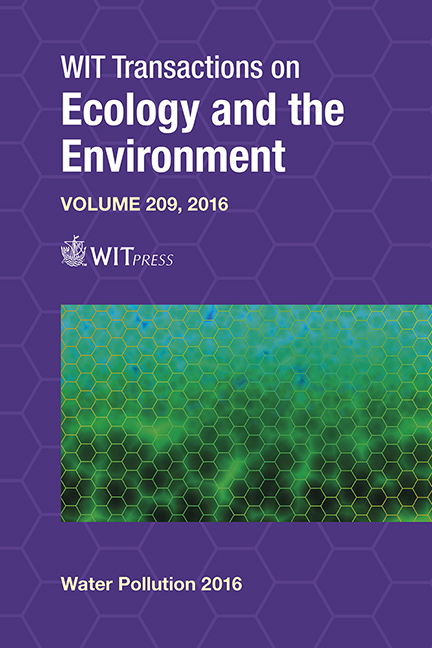Hindcasting Water Quality In An Optically Complex System
Price
Free (open access)
Transaction
Volume
209
Pages
10
Page Range
35 - 44
Published
2016
Size
512 kb
Paper DOI
10.2495/WP160041
Copyright
WIT Press
Author(s)
C. Hyatt Hansen, P. Dennison, S. Burian, M. Barber, G. Williams
Abstract
As is the case with many large lakes, field sampling records (and the understanding of historical water quality) in the Great Salt Lake natural surface water system are heavily limited due to time and cost constraints, as well as a number of independent organizations collecting and managing data. To address these deficiencies, remote sensing of surface water quality is used to hind-cast historical conditions of algal blooms in the GSL surface water system (GSLSWS). This system is unique because its lakes are closely connected, yet have widely varying characteristics and conditions. An approach for development of lake-specific models is demonstrated, using historical Landsat and field-sampled data. This study builds on previous studies of historical water quality which have used broad-spectral remote sensing data and near-coincident field samples by evaluating the ability of models to accurately estimate water quality under optically complex conditions (such as high turbidity and shallow conditions). We also examine the spatiotemporal variability of the field-sampled data and address the issue of near-coincidence between a historic dataset of field-samples and remote sensing images. Existing field sampling campaigns for this area do not provide sufficient information about adverse conditions or long-term spatiotemporal patterns. Results of the remote sensing model application however may provide useful metrics for algal bloom dynamics, including timing of blooms, duration and spatial extent of algal blooms, and how these dynamics vary over time and within the surface water system. Products of the remote sensing models broaden the foundation of understanding of water quality conditions, which can be used to move forward with better monitoring and management practices.
Keywords
remote sensing, Great Salt Lake, chlorophyll, turbidity, Landsat





